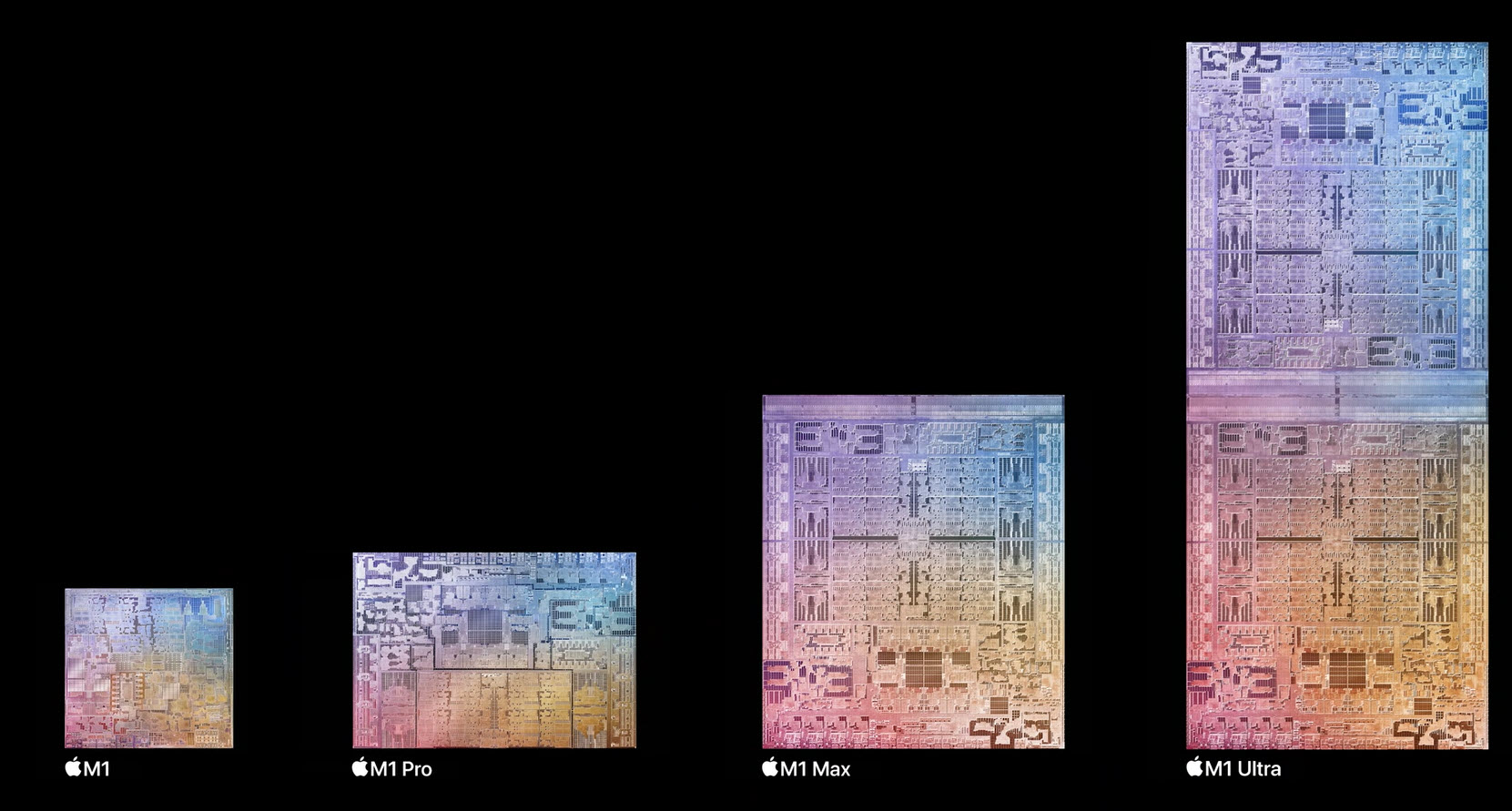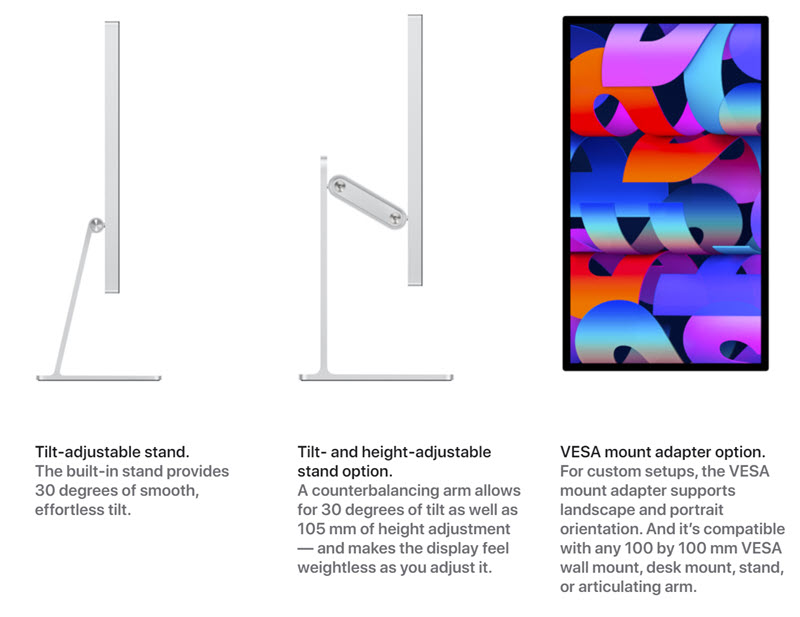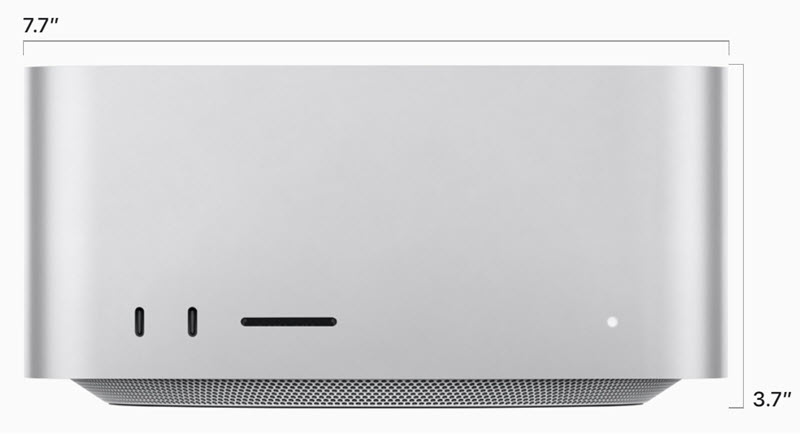To nobody’s surprise, Apple held an online event to announce a whole slew of new products. It included a new monitor so we logged in to see what it had to say.
Tim Cook started by talking about the Apple TV+ service and the content that it is planning for the service. Some analysts have questioned what Apple’s future in streaming is going to be as it still has a relatively small content budget compared to Netflix and Apple is still spending a lot to promote its low cost service. He announced that Apple TV+ will introduce two games every week for ‘Friday Night Football’. After that intro, he turned to hardware.
The iPhone 13 now has ‘two new gorgeous finishes’. I managed to contain my excitement enough to keep listening.
The SE Gets an A15
Cook then went on to talk about Apple’s chips and highlighted the different features of the A15 chip that is already in the iPhone 13. Apple is bringing the A15 Bionic to a new iPhone SE. The display remains at 4.7″ and is a 750 x 1334 (326ppi) IPS LCD with 625 cd/m² and 1400:1 contrast. It covers DCI-P3 and has ‘Ceramic Shield’ glass (with IP67) and a fingerprint sensor is fitted under the display. A fingerprint-resistant oleophobic coating helps reduces marks.
The single main camera remains at 12mp but the better processor adds more image processing features. Video recording is up to 4K 60P. The new SE does now support 5G and pricing will start from $429 for the 64GB model with shipments starting in March. That’s up from $399 on the last SE model. Some analysts had hoped Apple would actually push pricing down. Apple expects a big advantage over other firm’s smartphones in processing power and to those upgrading from earlier SE models.
The iPad Air gets an M1 Chip
Next up were iPads and the announcement was about iPad Air, which has a ‘massive leap’ in performance to the M1 chip that is in the iPad Pro. It is claimed to be twice as fast as Windows PCs of the same price range, but is smaller and lighter. It has a 10.9″ IPS LCD 2360 x 1640 with P3 and 500 cd/m². It supports the Apple Pencil 2nd generation and uses the Smart and Magic Keyboards. The FaceTime HD camera has been upgraded to 12mp and the main camera can record up to 4K 60P. The wireless goes up to 5G and Wi-Fi 6. Pricing starts at $599.
Mac PCs Get a Big Boost
Turning to the Mac range, the M1 chip has really boosted the sales of the Mac (Apple’s Getting its Mac Mojo Back). A new chip has been added to the M1/M1 Max and M1 Pro, called the M1 Ultra, to boost the high end of the range.
It’s hard to make a chip bigger than the M1 Max, Apple said. and usually bigger chips are created from multiple smaller chips. The M1 Ultra exploits a previously undisclosed ‘die to die’ interconnect on the M1 Max chip which allows two to be connected together, without a bottleneck in the interface – the interdie bandwidth is 2.5Tbps and with low power.
The M1 Ultra uses a previously unannounced feature of the M1 Max to allow two chips to be joined together.
The architecture appears to the software as a single processor and maintains the benefit of unified memory. The chip has 114 billion transistors and also has a higher bandwidth memory architecture and it can support 128GB of unified memory. The GPU is said to be 8X the speed of the M1 GPU.
 The new M1 Range. The M1 Ultra has 114 billion transistors!
The new M1 Range. The M1 Ultra has 114 billion transistors!
The chip also maintains leading PC performance with low power and is claimed to match other high end 16 core PC chips it is claimed to over 90% more performance in the same power envelope. Alternatively, it can offer the same performance using 100W less power. The GPU is claimed to be faster than the best available elsewhere, using 200W less power!
The macOS will scale with the new processor and apps will support it without modification. Apple wheeled out a number of high end software developers who backed up the performance claims in rendering and 3D navigation.
A New Form Factor Desktop for the Ultra
The new chip will be in the new Mac Studio – a new form factor from the firm – that will be available with the M1 Max/32GB/512GB SSD or M1 Ultra/64GB/1TB chips. GPUs range from 24/32 core for the Max to 48/64 for the Ultra.
There are two front USB Type-C ports and four Thunderbolt 4 ports as well as an HDMI. Both machines can be upgraded to double the memory and up to 8TB of SSD memory. The interfaces mean that the systems can support up to four Pro Displays 6K XDR at 60Hz using the USB Type-C and also a 4K display over HDMI. (that’s nearly 90 megapixels!) The Thunderbolt ports can support DisplayPort and USB 4 up to 40Gbps. Still the units are just 7.7″ (19.7cm) square and 3.7″ (9.5cm) high. That’s impressively small for that much power! The range of options mean pricing from $2,000 to $8,000 and systems will be available in May.
Apple said that the fans should be inaudible for most workloads. It also said that performance with the M1 Max is 50% faster than the Mac Pro with a 16 core Xeon. The M1 Ultra is 3.7X faster than the 27″ iMac and 90% faster than a Mac Pro with a 16 core Xeon processor and 60% faster than a 28 core Xeon Mac Pro. The Ultra can support up to 18 streams of 8K ProRes 4:2:2 streams of video!
Eventually, the New Studio Display
Finally we got to the bit that I had been most looking forward to – a new monitor! The Studio Display has an aluminium case with narrow bezels. There is a height adjustable stand (the standard one only tilts).
 Corporates in Europe will need to spend the extra €400 for the height adjustable stand. Ouch.
Corporates in Europe will need to spend the extra €400 for the height adjustable stand. Ouch.
It is described as 5K and has 5120 x 2880 resolution with 600 cd/m² of output and P3 colour coverage. There are a number of pre-configured reference modes for video, cinema, photography, print and web applications. It has an integrated 12mp camera, six speakers and three microphones. The camera and audio devices connect to an internal A13 processor that supports Dolby Atmos on the internal 4 woofers and two tweeters.
There is a Thunderbolt 3 port and three downstream USB Type-C ports. The presentation confirmed that there is 96W available for notebook charging. It will cost $1,599 for ‘standard glass’ and $1,899 for a ‘nano-textured’ AR coating glass. The height adjustable stand adds $400 and there is an option for a VESA mount instead of the standard mount. Three of the Studio Displays can be connected to the MacBook Pro
Analyst Comments
As it turned out, the silicon announcement was the most interesting item here. The monitor looks nice, but I couldn’t see anything that really moved the game forward, although if the audio and camera are as good as they are claimed to be, that could set a new bar for the performance of videoconferencing monitors. I was slightly surprised to see no mention of HDR, which I guess is not surprising with just 600 cd/m² of output. There was also no mention of gaming, so the display is really optimised for content creation. However, I can see a lot of Mac Studio users looking around for alternatives. The LG 27MD5KL, which looks as though it might have supplied the display elements of the monitor, costs about half what the Apple one does if you consider that it already has height adjustment (although there don’t seem to be many around – perhaps LG is supplying Apple instead of using its own channels). Dell also seems to have discontinued its UP2715K
Content creators are going to be beating a path to Apple’s door for the new Mac Studio PCs, I think. The performance should be really compelling and is far enough ahead of anything else available that even the high prices will be acceptable, as the products should have quite a long life. (BR)


